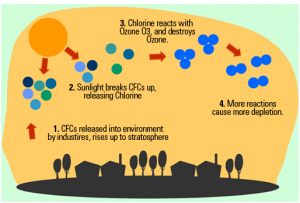The Hangover!!!
Intro
Our group consists of people who came from different background and field. We believe that we have been assigned into the same group as we all have the same passion in science, we concern about the environmental issues occurring currently and the impact of chemistry on society. We hope that we can really enjoy this course, enjoy what chemistry bring to us and “hangover” together!”
Team member
School: School of Electrical and Electronic Engineering
Course: Electrical and Electronic Engineering
Year: 2
Why taking this course: Everything is made of chemicals, so as the human and all the stuff we can see in daily life. Many of the changes that we may observe are also caused by chemical reactions. Knowing some chemistry helps us to make decisions and troubleshoot problems in a more reasonable way.
Name: Yan Qucheng
School: School of Mechanical and Aerospace Engineering
Course: Mechanical Engineering
Year: 2
Why taking this course: Want to figure out how chemistry change our life.
School: Renaissance Engineering/ Year 1
Course: Renaissance Engineering
Year: 1
Why taking this course: Chemistry has always been a favorite subject and it would be interesting to look at it outside of usual academic content.
School: School of Mechanical and Aerospace Engineering
Course: Mechanical Engineering with business minor
Year: 1
Why taking this course :Passion in chemistry and concern about the impact of chemistry on our society and raise awareness on environmental issue.
School: School of Biological Sciences
Course: Biological Sciences
Year: 1
Why taking this course: It is always fun to learn how different fields of sciences are correlated and their impact on society. Besides, I believe that the team based learning carried out in this course is going to benefit me and my team members in many ways.
School: School of Civil and Environmental engineering
Course: Maritime Studies with a second major in Business
Year: 1
Why taking this course: Interest to chemistry & concern to the society. This course is related to my another course which is also about the environment. I hope that I can apply what I’ve learned to the reality, not just some theories.







